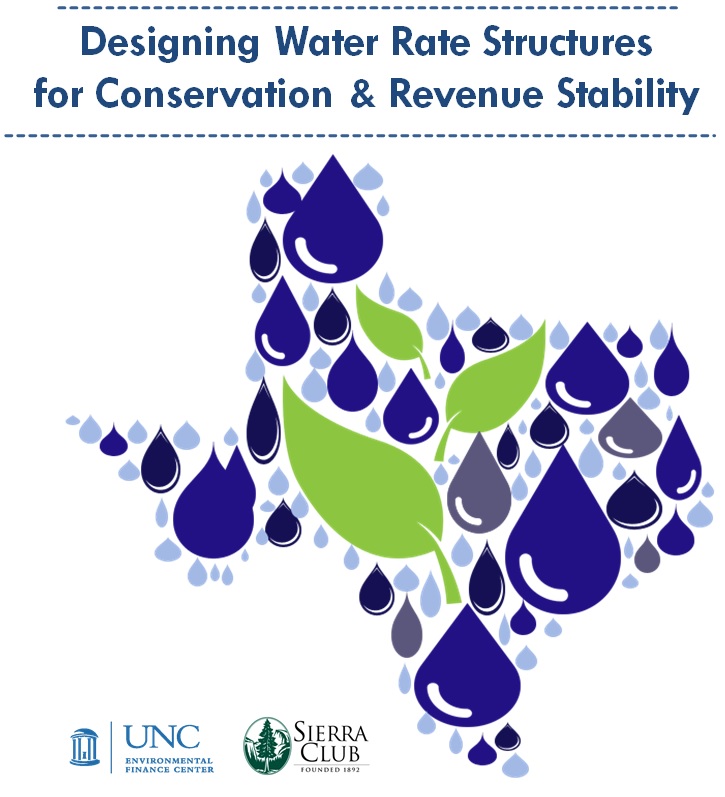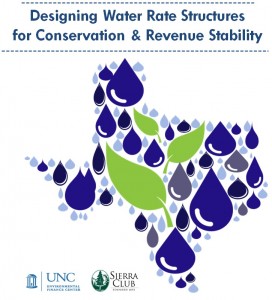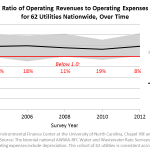Today, October 23, 2019, organizations across the county are urging people to “Imagine a Day without Water.” The event, coordinated by the US Water Alliance, is intended to remind us all about the value of water, and to push us to think for just a moment of where we would be without it.
When I recently attended the OneWater Summit in Austin, TX, also put on by the US Water Alliance, many stories were shared about the struggle communities and individuals are facing in Texas when water is scarce or contaminated or inaccessible. Whether the costs arise from hauling in bottled water for years to a community with a dried up well, or from the economic effects of a 6 day boil water notice in a city with a population of almost a million people, the immense value of clean, reliable and sustainable water sources is real for Texans. Continue reading











